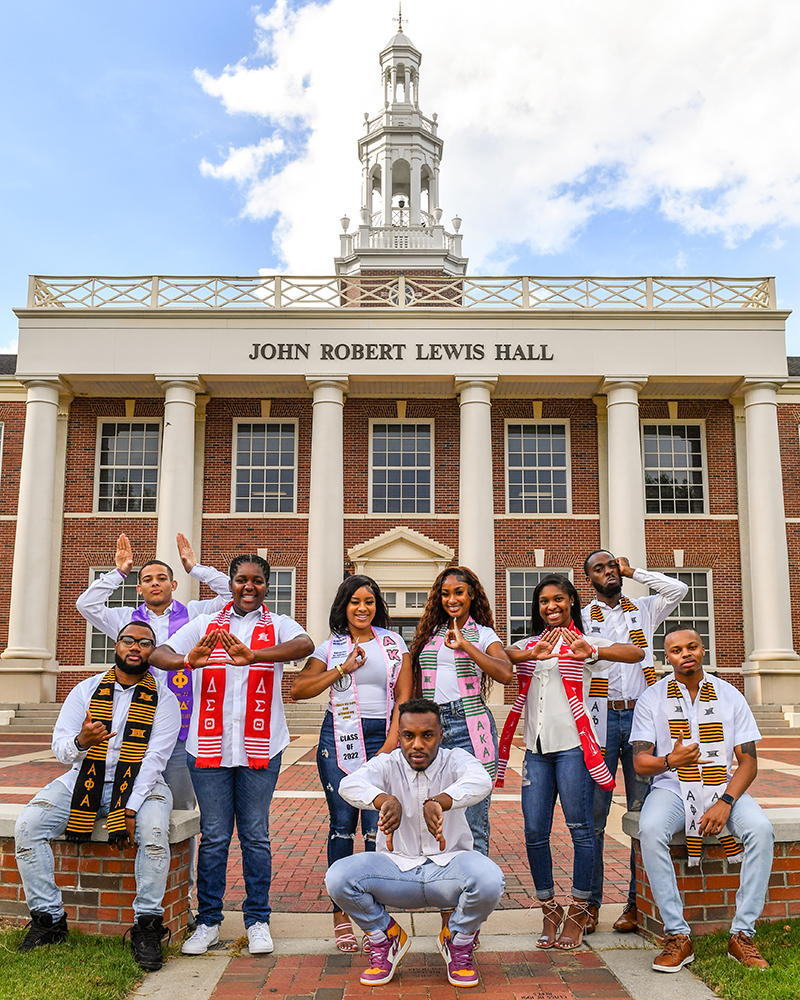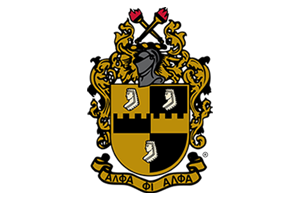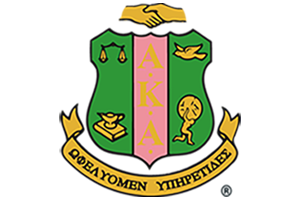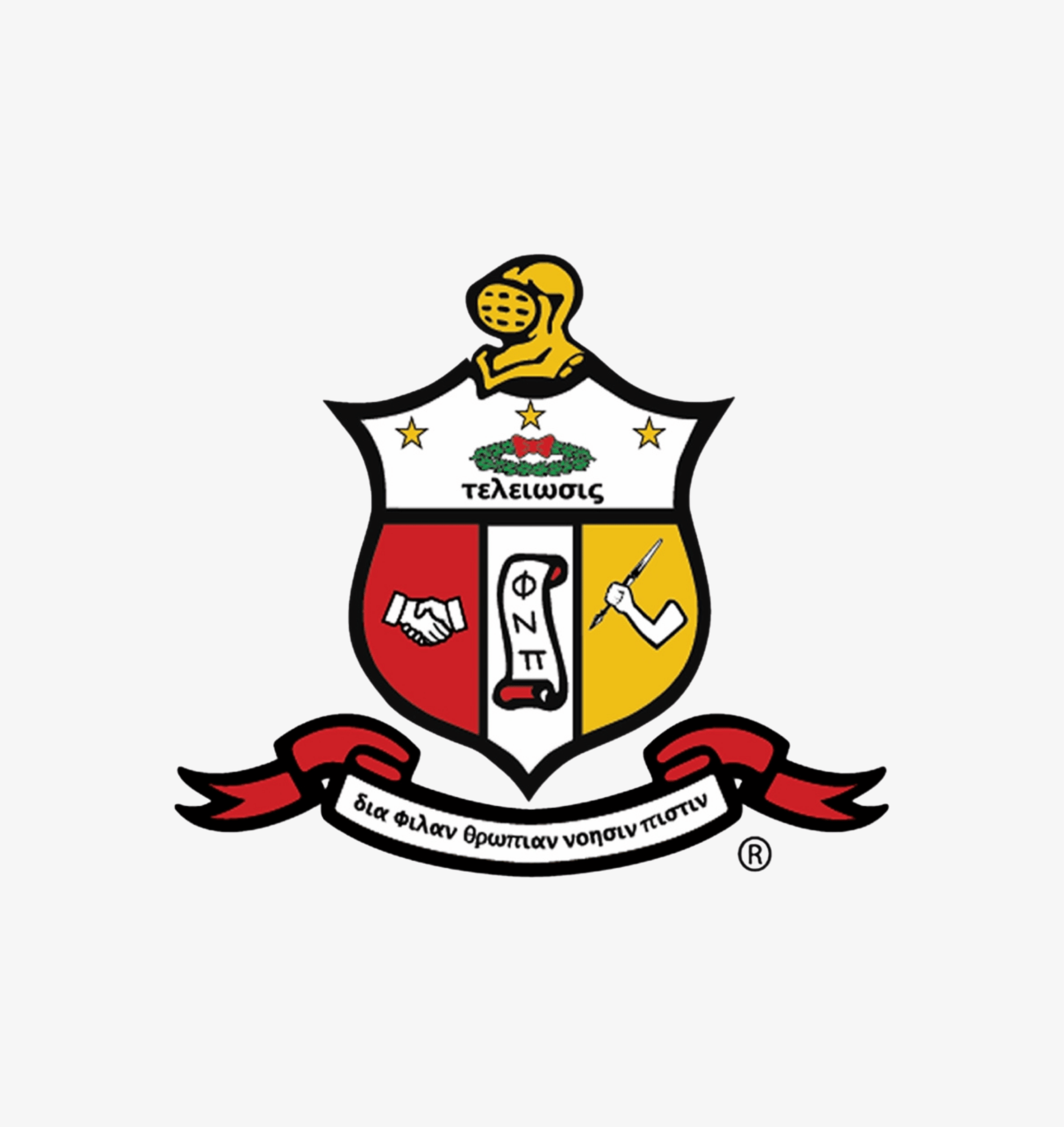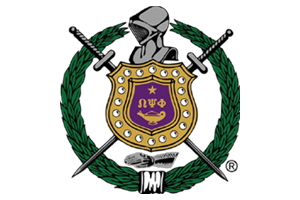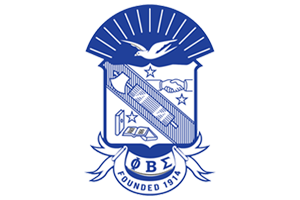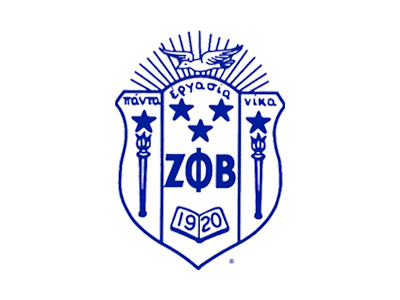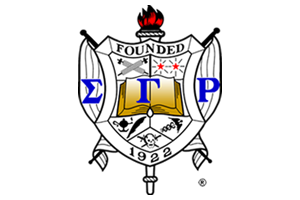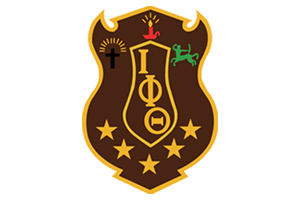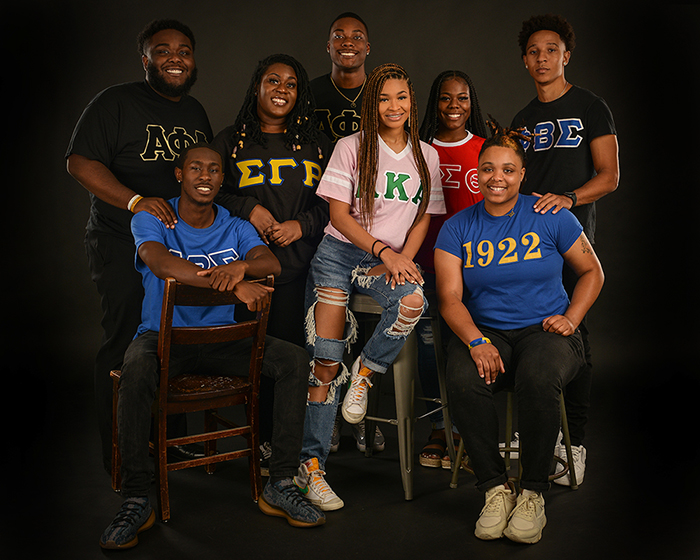The National Pan-Hellenic Council was established in 1930 at Howard University as
a national coordinating body for the nine historically African-American fraternities
& sororities, which had evolved on American college and university campuses by that
time. Blatant racism had prevented many African American students on historically
white campuses from joining general fraternities and sororities. African Americans
were denied admittance to large numbers of campuses, which still prohibited blacks
from attending. Therefore, African American students on both types of campuses established
fraternities and sororities to enhance their college experiences. These organizations
did not then, nor do they now, restrict membership to African Americans. They have
developed, however, a distinctive African American style in their activities, both
social and philanthropic. These college fraternities grew, on historically white and
historically black campuses in three distinct phases:
Post World War I:
NPHC chapters spread to major research university campuses that admitted blacks. Spread
to major historically black colleges in the south. Alumni chapters established in
cities across the U.S.A. as "Civic and Service" organizations because blatant racism
prohibited African Americans from participating in general civic organizations in
their communities after graduation from college.
Post World War II:
NPHC chapters proliferated on southern historically black college campuses. Many cultural
traditions which differed markedly from historically white college traditions became
refined and embedded within the African American culture, i.e., "lining," chanting
& public skits on campus as a part of "pledging").
Post Civil Rights Act 1964:
Many colleges and universities that had previously denied admittance to African Americans
or had small enrollments grew in their enrollment of African Americans and established
NPHC chapters on their campuses. This swelled the number of NPHC affiliate organizations
to over 400 undergraduate chapters and as many alumni chapters on average for each
organization. Presently, approximately 1.5 million members of undergraduate and graduate
chapters are served by NPHC.
In many ways, though welcomed, this upsurge in growth was unexpected and unplanned
for by NPHC. By and large, even though the national office staffs of each of the nine
affiliate organizations have increased dramatically, they have not matched the pace
of growth of the chapters. None of the historically African American fraternities
or sororities have staffed their offices with field consultants (young, recent college
graduate members of the respective organizations who actively visit college chapters
to motivate, evaluate and sometimes recommend discipline for chapters that stray from
the national or university standard). Historically, African American fraternities
and sororities and their office staff must also give appropriate time and attention
to alumni chapters. This further diminishes the time and attention proportionately
that can be paid to collegiate affairs.
In 1992, through the joint cooperation of Indiana University-Bloomington and the National
Board of Directors of NPHC, the first permanent national office for NPHC was established
in Bloomington, Indiana, on the campus of Indiana University. Prior to its establishment,
for over a 62-year period, the national office would sojourn from one officer to the
next. NPHC changed its national constitution in 1993 at the National Convention to
allow for the appointment of its first Executive Director, Dr. Michael V. W. Gordon.
At the same convention, NPHC changed its constitution to create the possibility for
like organizations to apply for membership. In 1995, the first international council
was chartered in Nassau, Bahamas. In 1996, Iota Phi Theta Fraternity joined as its
ninth affiliate member.
To understand the need for and concept of the National Pan-Hellenic Council, Inc.,
one must first consider, understand and familiarize oneself with the historical accounts
and significance of predominantly Black Greek-letter organizations. While having their
own distinct heritages, the nine (9) member organizations of NPHC offer insight and
a unique perspective into this understanding and the development of Black socioeconomic
and cultural life.
Each of the nine (9) NPHC organizations evolved during a period when African Americans
were being denied essential rights and privileges afforded to others. Racial isolation
on predominantly white campuses and social barriers of class on all campuses created
a need for African Americans to align themselves with other individuals sharing common
goals and ideals. With the realization of such a need, the African American (Black)
Greek-lettered organization movement took on the personae of a haven and outlet, which
could foster brotherhood and sisterhood in the pursuit to bring about social change
through the development of social programs that would create positive change for Blacks
and the country. Today, the need remains the same.
While NPHC affiliate organizations recognize the social aspect of Greek college life,
the primary purpose and focus of member organizations remains community awareness
and action through educational, economic, and cultural service activities. NPHC affiliates
and their respective members have pledged to devote their resources to service in
their respective communities, realizing that the membership experience of NPHC organizations
goes beyond organizational membership during an individual's college career. A lifetime
commitment to the goals and ideals of each respective organization is stressed. The
individual member is also expected to align himself with a graduate/alumni chapter
following graduation from college, with the expectation that he/she will attend regular
chapter meetings, regional conferences, and national conventions and take an active
part in matters concerning and affecting the community in which they live.
The need to form campus-based councils to represent NPHC affiliate organizations is
not motivated by a “separatist” philosophy. The establishment of councils assists
in maintaining a distinct identity as “service-based organizations,” as opposed to
organizations that may be strictly social in nature; NPHC, Inc. does not advocate
a disassociation from NIC, NPC, or NALFO organizations on college campuses. The council's
purpose is to promote unity and expose members to the “service for life” philosophy
and foster leadership development and scholarship. Furthermore, the National Pan-Hellenic
Council provides a forum for participation and interaction among the members of affiliate
organizations and the organizations themselves. It provides for a stronger unified
voice and a stronger unified body. The continued advocacy for the establishment of
local councils not only stems from tradition, but also from the realization that many
colleges and universities maintain organization registration policies requiring an
organization to belong to a national organization and that national organization to
a national umbrella organization in order to function on that respective campus.
It is the endeavor of NPHC, Inc. to foster a more stable environment on campuses for
local NPHC councils, provide a forum for dialogue, and provide training for and management
of its respective councils. Having such an entity in place to serve as an umbrella
organization centralizes and provides a clearinghouse for information sanctioned by
the NPHC Council of Presidents, whether on the university/college campus and/or in
civic, social, and political arenas. It is essential to have such a voice to advocate
the concerns of local councils and assert the position of the national body, particularly
in decisions or rulings that may have a negative impact.

